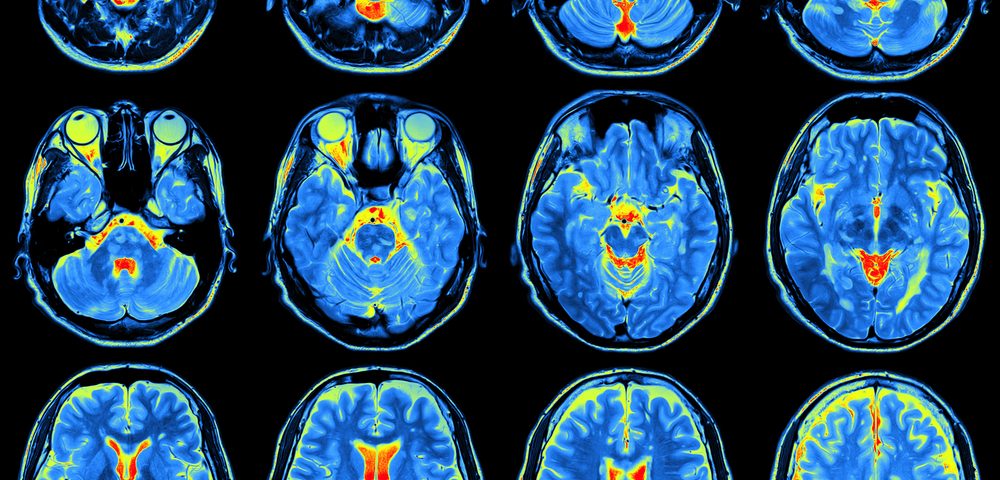Combining a form of noninvasive brain stimulation called transcranial direct current stimulation (tDCS) with cognitive training improved memory and verbal fluency in women with fibromyalgia, researchers from Brazil found.
Their study, “Cognitive effects of transcranial direct current stimulation combined with working memory training in fibromyalgia: a randomized clinical trial,” appeared in the journal Scientific Reports.
Although the processes involved in fibromyalgia are still barely understood, scientists have suggested that an imbalance between excitatory and inhibitory nerve transmissions in the central nervous system (CNS) may be involved.
The increase in neural signaling is associated with hypersensitivity to pain, as well as psychological distress and sleep disturbance.
A growth factor called BDNF plays a crucial role in CNS nerve transmission, as it strengthens excitatory and weakens inhibitory synapses — the sites of communication between neurons.
The importance of BDNF in nerve transmission has been shown in both the spinal cord and a brain region known as the prefrontal cortex (PFC). Due to its role in diverse functions, the PFC has been a preferential target for tDCS, a technique used to improve cognitive function.
Specifically, anodal (positive) tDCS applied to the dorsolateral subregion of the PFC (DLPFC) improved working memory — a form of short-term memory important for reasoning and decision-making — in healthy adults. The parallel use of a cognitive training task boosted these benefits.
In fibromyalgia patients, combining tDCS with boosting inhibitory nerve transmission also showed increased memory benefits, as well as increasing patients’ attention span and easing their pain.
The scientists conducted a trial (NCT02880917) at Hospital de Clínicas de Porto Alegre in Brazil, to test whether the combination of tDCS with working memory training (WMT) would boost cognitive training, including immediate and delayed memory, as well as working memory, verbal fluency, and attention.
They also determined whether the effect of the treatment was dependant on blood BDNF growth factor levels.
Researchers hypothesized that the higher the BDNF levels, the larger the tDCS effects on memory and other cognitive functions.
The study was made up of eight sessions of transcranial direct current stimulation — the scientists believed that multiple sessions to boost cognitive training would likely be better than a single session.
tDCS with a 2mA current was applied over the left dorsolateral subregion of the prefrontal cortex (DLPFC), combined with online working memory training for 20 minutes.
This WMT consisted of visual and auditory stimuli, presented simultaneously.
The 39 fibromyalgia patients who completed the study (all women, ages 18 to 65) also underwent neurocognitive tests before and after treatment.
The results showed that, compared to controls (WMT alone), the combination of tDCS with WMT improved immediate memory as assessed by the Rey Auditory-Verbal Learning Test, which integrates components of short- and long-term memory, and consists in presenting a word list five times.
This benefit was dependent on baseline growth factor levels, but not on years of education. Higher levels of BDNF at baseline correlated with reduced benefits from pre- to post-intervention, which the researchers paralleled with the reported links between the amount of growth factor and both pain scores and disability in fibromyalgia.
Also, tDCS with WMT increased orthographic and semantic verbal fluency (the Controlled Oral Word Association Test) as well as short-term memory (Forward Digit Span test).
“The combination of both techniques seemed to produce effects on specific cognitive functions related to short-term and long-term episodic memory,” the investigators wrote.
They added that the findings have “clinical relevance for top-down treatment approaches in [fibromyalgia].”

